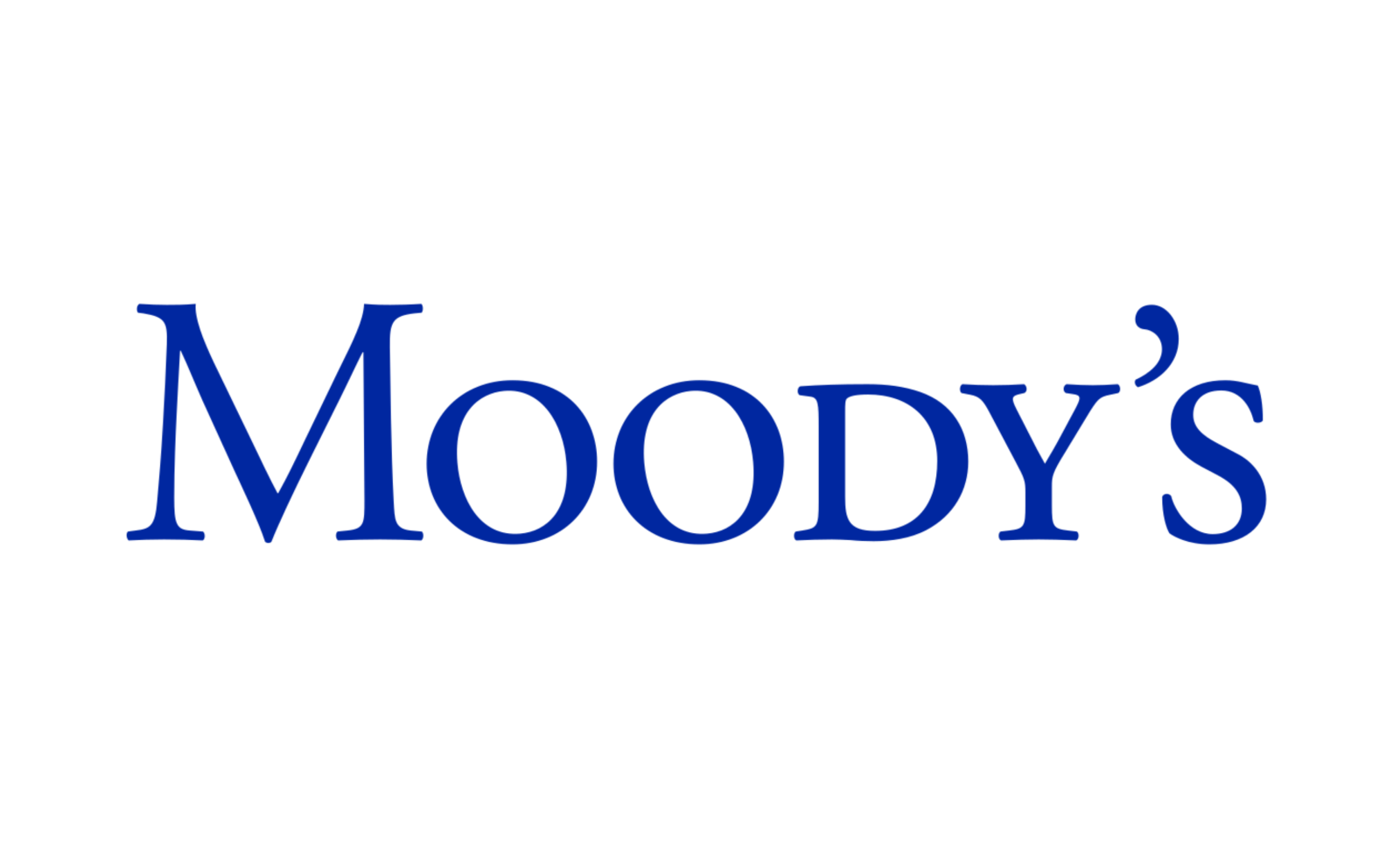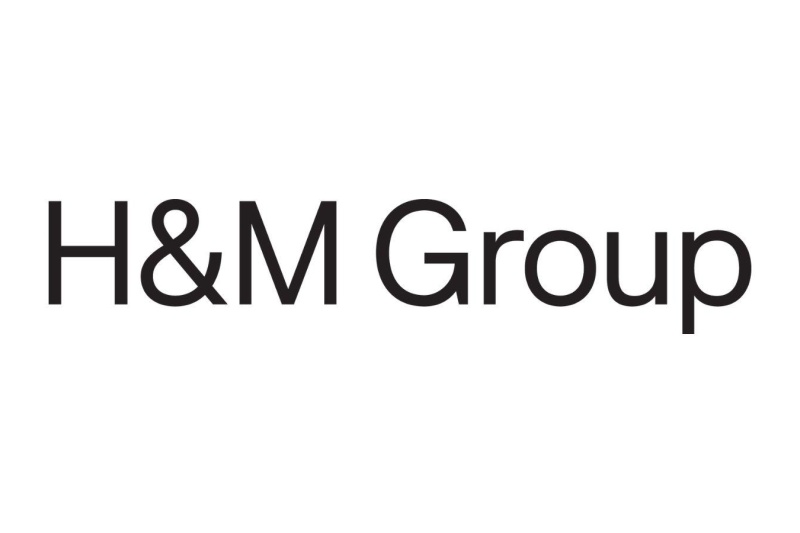
Net-Zero Case Study - Moody's
Discover how Moody's accelerated its climate ambition to reach net-zero by 2040, a whole decade earlier than its initial commitment.
Moody’s Corporation (Moody’s), a global integrated risk assessment firm, originally committed to reach net-zero by 2050 through the Business Ambition for 1.5°C Campaign. It has now accelerated its climate ambition to reach net-zero by 2040, a whole decade earlier, and has a validated science-based target of 90% emissions reductions in scope 1, 2 and 3. It is also one of the first companies to have its near- and long-term net-zero targets validated by the Science Based Targets initiative (SBTi).
The road to net-zero
The company’s road to net-zero is supported by its Decarbonization Plan and near-term targets: a 50% reduction in absolute scope 1 and 2 (market-based) GHG emissions by 2030; a 15% reduction in scope 3 GHG emissions from fuel and energy-related activities, business travel and employee commuting by 2025; and 60% of Moody’s suppliers by spend covering purchased goods and services and capital goods to have science-based targets by 2025, all from a 2019 base year. In addition, Moody’s procures 100% renewable electricity across its operations, and offsets the remainder of its emissions from its operations, business travel and employee commuting.
Climate is also an integral part of Moody’s business strategy. In 2021, Moody’s climate and ESG capabilities significantly expanded through the integration of climate and net-zero solutions across a wide-range of Moody’s products and services. Moody’s has also taken significant steps to advance climate action by publishing its 2021 TCFD report, which assesses climate-related risks and opportunities through a multidisciplinary risk management process and the implementation of the 11 TCFD recommendations.
A leader in supplier engagement
To tackle the challenge of reducing scope 3 emissions, Moody’s is actively engaging with its value chain, and because of these efforts, was named 2021 Supplier Engagement Leader by CDP for the second consecutive year. The company’s Supplier Code of Conduct encourages suppliers to disclose their carbon footprint and set their own science-based targets. In 2021, Moody’s engaged nearly 500 suppliers in partnership with CDP supply chain, and conducted targeted engagement on approximately 75 key suppliers. Additionally, starting in 2022, Moody’s sourcing managers must complete a responsible sourcing module with a focus on factoring metrics into award decisions - including science-based targets and supplier diversity metrics.
In 2021, 28% of suppliers by spend, covering purchased goods and services and capital goods, had science-based targets; almost halfway to the company’s target of 60% by 2025.
By setting science-based targets, Moody’s is doing its part to help ensure a habitable planet for humankind.
Latest News
View News


